Dogs are amazing animals, I think we can all agree. They can be our friends, our protectors, our companions through all that life has to throw at us. But let’s face it: not every dog comes out of the gate ready to be a reliable pet! Some have fears and quirks. Some are hyper and unmanageable in the house. Some simply don’t know any manners. Here are three crucial pieces of the dog ownership puzzle to get you and your dog on the right path toward an unshakeable bond, and harmony in your home!
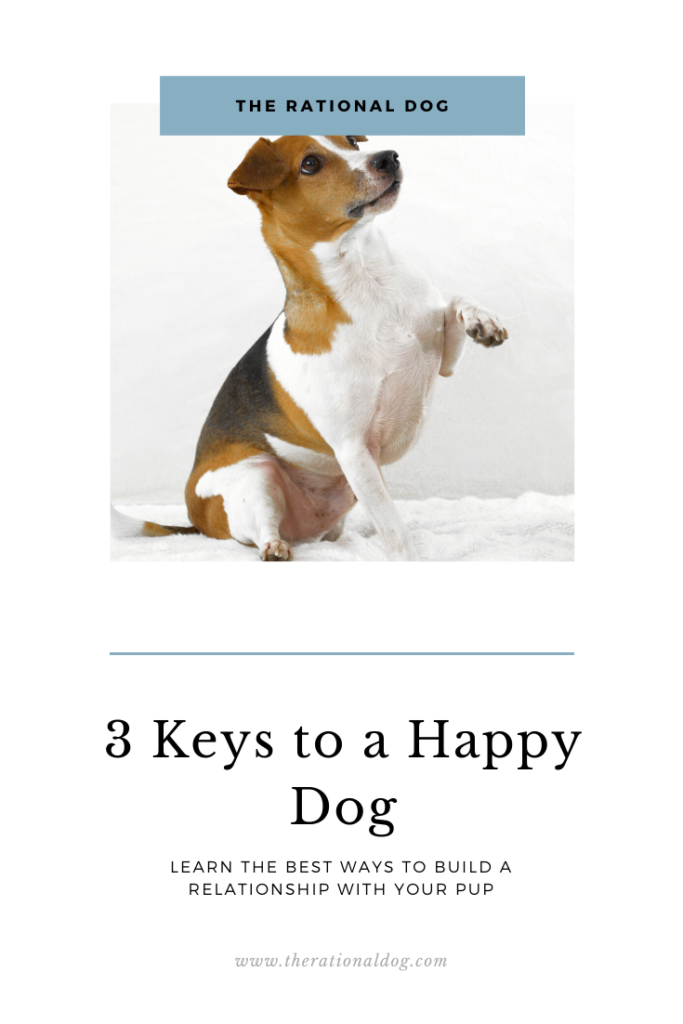
1. Respect
A great friend and mentor of mine once told me, “If you have to choose between being liked and being respected, choose respect!” This has stuck with me for over a decade. If your pup loves you, but doesn’t respect you, he is going to happily and gleefully run over you again and again until someone gets hurt. However, if your dog starts out with respect toward you, his love for you will almost always automatically follow.
Now, respect is not the same thing as fear. Those two are very different. Respect, when defined, is to “admire someone deeply, as a result of their abilities, qualities, or achievements.” When you have your dog’s total admiration, you will have his heart, and you will have a better relationship overall.
I think we can all agree that relationships aren’t easy. They involve responsibility, emotion, carving out time to be with each other, and so much more. While a relationship with your dog isn’t (I hope!) more complicated than our human relationships, it is still easy to miss out on one of the most crucial pieces. The piece that can help you and your dog form a solid, peaceful bond that doesn’t leave you trailing behind him as he charges through life at the end of his leash: respect. And not just respect, but MUTUAL respect.
I respect dogs for many reasons. They are smart. In fact, they are outstanding problem solvers! In just one session, I can see a dog transform into a thinking, trying, working machine. They are rarely afraid to try new things to get to their rewards, and dogs very rarely hold back. They give life their all!
I also respect that dogs can do things that I cannot do. No matter how hard I try, I cannot isolate a particular person’s scent and follow their trail across varying terrain, through changing weather patterns, after a period of more than 36 hours, and still find them at the end of it. I cannot jump out of a helicopter and help pull a drowning person to safety by pulling a rope in my teeth. I cannot smell whether or not you are about to have a seizure. I cannot detect by some ephemeral odor whether or not you have cancer. Dogs can do incredible things that we can’t even hope to achieve!
I respect that dogs are willing to work with us, share our lives with us, and listen to us as companions, even though they do not have to. Let’s face it. Dogs have teeth, and a lot of them. As a whole, they don’t often use them on us, even in extreme situations that scare, hurt, or make them uncomfortable. I have a deep respect for that.
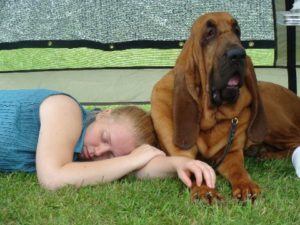
Crucial to a great relationship with your dog is his respect for you as well. You can admire his qualities and abilities all you like, but that in itself will rarely help you get the partnership we all aim for with our dogs. To earn your dog’s respect, your best bet is to set yourself up as the keeper of all good things in his life. Things you hand out to him at your leisure. He will quickly come to admire you for your incredible skills at acquiring great things and sharing them, as well as doing things like opening doors, driving the car for him, playing with his toys, and all of your unique human qualities that he cannot hope to mimic.
The best exercise, in my opinion, to put you high on your dog’s list of esteemed and admired friends is Nothing in Life is Free. Did your parents ever say that to you when you were young? Essentially, it means that for everything we want in life, we have to work. The same thing goes for your dog!
It’s a little different for Fido, since he isn’t working for a new car, or a fancy pair of earrings. For your dog, the most important things are usually his food, his treats, and access to playtime. To establish yourself as an incredibly important person, set yourself up as the gatekeeper to his favorite things, so that he needs to earn your approval before he gets them. For example, before your pup chows down on his breakfast bowl, ask him to sit or lie down. Before you open the door for your afternoon walk, have your dog sit and wait. Ask him for a behavior or trick before you throw his favorite toy for him.
The key to this is that if your dog refuses to do his part, you are free to refuse to grant him access to his desired thing. If he absolutely will not sit, then just put his food dish where he can’t reach it and try again in a few minutes. Your dog will quickly begin to fall into a pattern of offering you behaviors before you even ask for them!
The very best relationships are built on mutual respect and trust. Establishing yourself as an authority for your dog to look to for food, fun, and games will get you there quickly and easily. Remember: consistency is key in training, so stick with it and you will start to see some real differences in your relationship.
Want to learn more about building relationship with your dog? Sign up to get access to our FREE mini-course, Leading Your Dog!
2. Fitness
Living as we do in today’s society, many of us who own pets are not living out on wide, vast acres, with birds to chase, creeks to swim in, and forests to explore. (“If only,” your dog thinks!) No, the vast majority of pets live in cities or suburban areas, where they do not have nearly the same opportunities to get their physical energy needs met as their rural cousins.
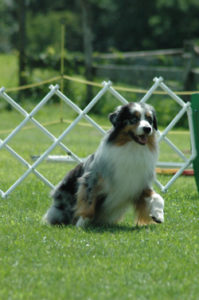
A good rule of thumb: a tired dog is a well behaved dog! Dogs who do not get enough physical exercise can quickly become bored and destructive in your home, and, for most, a quick romp in the back yard or around the block is not enough! Dogs are very physical beings, and we have got to meet those needs to make sure our dogs can be happy and healthy (both physically and mentally).
I’ll be completely honest with you: fitness and exercise are a couple of places where I fall down in the grand scheme of my life. It’s hard to find time in between work, family, and managing my home to squeeze in a workout. The good news is, I have found a way around the time-squeezing that speaks to my priorities, and that hopefully will encourage you as well: your dog needs exercise just as much as you do! The vast majority of dogs that I see with behavior troubles can be helped by making sure they get enough time to work off their energy. A bored dog is a naughty dog, but a tired dog is an easy one to live with!
There are a few ways that I’ve found help me to make sure my pups get enough exercise. Living in the heat of Texas, it is not enough to simply put them out in the backyard to romp for a few hours. Nobody wants to romp in 95 degrees, even a young Australian Shepherd!
The first trick I have for my crew is to go for a daily walk or jog, first thing in the morning. It can be a challenge sometimes, trying to get kids ready for school, cook breakfast and pack lunches, and make sure everyone has what they need for the day, but I promise you: it is worth it! Give yourself thirty minutes before you have to start your day to get out there with your dog and walk. There are several reasons why I do this with my own dogs, and my Board and Train clients:
- It sets the dog up for a good day, without excessive chewing, barking, scratching, and all of those other obnoxious behaviors overly-energized dogs can show. Again, a tired dog is a good dog!
- It gives you a chance to bond with your dog without the hectic pressures of your morning routine.
- This is a perfect time to work with your dog on manners and loose-leash walking, as well as some socialization skills. If you can walk more than one dog at once, even better! It gives them a chance to be together with each other, but in a structured and supervised way.
Does your dog like to play fetch? I think this is probably the easiest way I have found to get dogs plenty of exercise without wearing myself out, too! (My dogs sometimes have a whole lot more energy than I do.) Throwing a ball, squeaky bone, or favorite octopus toy for your dog to chase for 10-15 minutes when you have a moment gives them a chance to work off some of their energy, and to get silly and play. Most dogs LOVE to get silly and play!
To make it even more beneficial for your fast and furious friend, find a spot with an incline to play fetch on. Have your dog fetch up or down a hill, and just like you and me, that will up the value of his workout.
Jumping is another outstanding way to get your dog some exercise and conditioning in a fun way. Set up a group of three things for your pup to jump over, and call him across them. You don’t need any fancy equipment for this. A broomstick balanced over a few boxes will do. Just make sure the jumps are at your dog’s elbow height or less, unless he has been doing special conditioning exercises that allow him to jump higher!
Exercise is one of my main go-to’s when it comes to helping you have a calm, peaceful companion in your home. A word of caution, though: Dogs, like us, need to work up to more intense workouts. If you have a young puppy (under 12 months), an older dog, or a dog that is overweight or otherwise not in a healthy condition, take it slow. All of these dogs can quickly become fit and active, but they will need some time to get into shape. Take it slow, and when you see your friend starting to tire, go back home, put up the toys, and let him rest for awhile. We don’t want anybody getting too sore to try again tomorrow.
The main key here: I use my dogs’ need for exercise as a motivator to get myself out and moving. While I might not do it for my own good, I will do it to maintain a harmonious feel in my home with dogs that have had their energy spent on good, fun endeavors. What was that phrase again? Oh yes: “A tired dog is a good dog.”
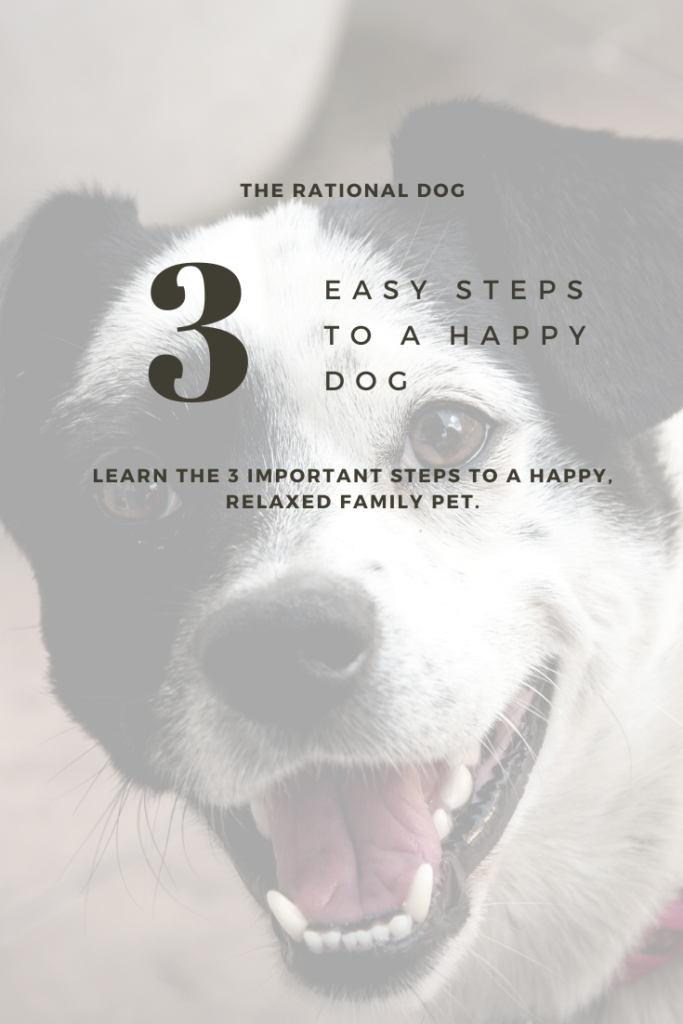
3. Communication
Every trainer worth his salt knows the truth: training is communication. Knowing how to tell your dog that he has been successful is key. Knowing how to tell your dog that he needs to try again is key, as well. Knowing how to tell your dog exactly where he needs to put himself to BE successful is yet another key. Dogs are willing participants in the training process. Before you decide that you have a “stubborn” dog, or “he’s just a dickhead,” consider the fact that he really just has no idea what you want him to do. Address that problem first, and go from there.
To communicate with my dogs, I use three tools:
- Bridges
- Targets
- Name and Explain
These three tools help me discuss with my dogs when they are right, where they are right, and what exactly it is that they are doing so incredibly well. They also help me communicate when a dog is not correct, and what they need to do to change that. Let’s talk about each tool in a little more detail.
Bridges
A bridge (some people call it a marker) is a sound that “bridges the gap” between the moment your dog is correct, and when he receives his reward. While walking around and stuffing food into your dog’s mouth when he does what you want is one way to do things, we often would be too late to catch the exact moment of success. The bridge gives us an opportunity to mark that exact moment for the dog. If you have ever heard of Clicker Training, a clicker is a bridge (a sound that marks the moment of success, followed by a reward).
I like to use a verbal bridge for my dogs. “Good!” is my success signal. If your dog is deaf, blind, a combination of the two, or does not respond to a sound as a bridge for some reason, no big deal! Bridges can be visual (pointing at your dog can be a bridge, if it’s paired with a reward). Touch can be used as a bridge. Just because your dog doesn’t respond automatically to an auditory bridge does not at all mean that you can’t find a way to signal his success for him. Some people even condition electronic collars to mean success for their dogs!
For a quick video tutorial on how to establish bridges for your dog, check this out:
Targets
So we have the when marked out for your dog. Now we can establish the where for your dog using targets. A target is a point in space where you can send your dog to touch, or where you can touch your dog. There are many different types of targets that I use in my training.
- Hand target
- Pole target (target stick)
- Station Target (what most dog trainers think of when they think of targets)
- Body targets
- Visual targets
The biggest thing with targets is that we can use them to show a dog, in detail, where they are supposed to be to create a behavior. For example, to lie down, a dog needs his chest, elbows, and bottom to be on the floor, all at the same time! For heel position, he needs his shoulder next to your leg, his bottom on the ground, and his head up, eyes looking. We can describe all of these things for your dog using targets, in conjunction with other techniques as well.
Name and Explain
Name and Explain is exactly what it sounds like. Simple, and yet one of the most important training tools out there. When your dog has achieved a behavior, that’s the time to name it for him. For example, your dog is walking beside you, and his leash is loose. You can name that “Loose Walking.” You can also name events happening around him in the environment. For example, if you see him alert to a cat walking by, you can name for him “cat.”
The explain part of it is where people often get lost. By explain, I usually mean that you describe for the dog what exactly it is that he needs to do to be successful in that moment. For example, as you are walking you see your dog alert to a cat across the street. You can name the cat, and then explain that the dog needs to stay loose walking. “You see cat. You need loose walking.” It is very conversational, but I think we can all agree that dogs understand a LOT of what we say. More than we give them credit for, in many situations.
I use these three tools, along with a few others (because every dog is different!), to communicate with dogs every day. Training is communication, and we all enjoy communicating, don’t we?
By the way, bridges, targets, and Name and Explain are all part of the Syn Alia Training System, developed by Kayce Cover. For some more info about her technique, check out her website at synalia.com. I HIGHLY recommend her as an incredible training resource.
I am so glad you are taking the steps that you need to to achieve effortless communication and a solid, peaceful connection with your dog. It seems like a lot to jump into, but believe me, it is not as difficult as it might seem.
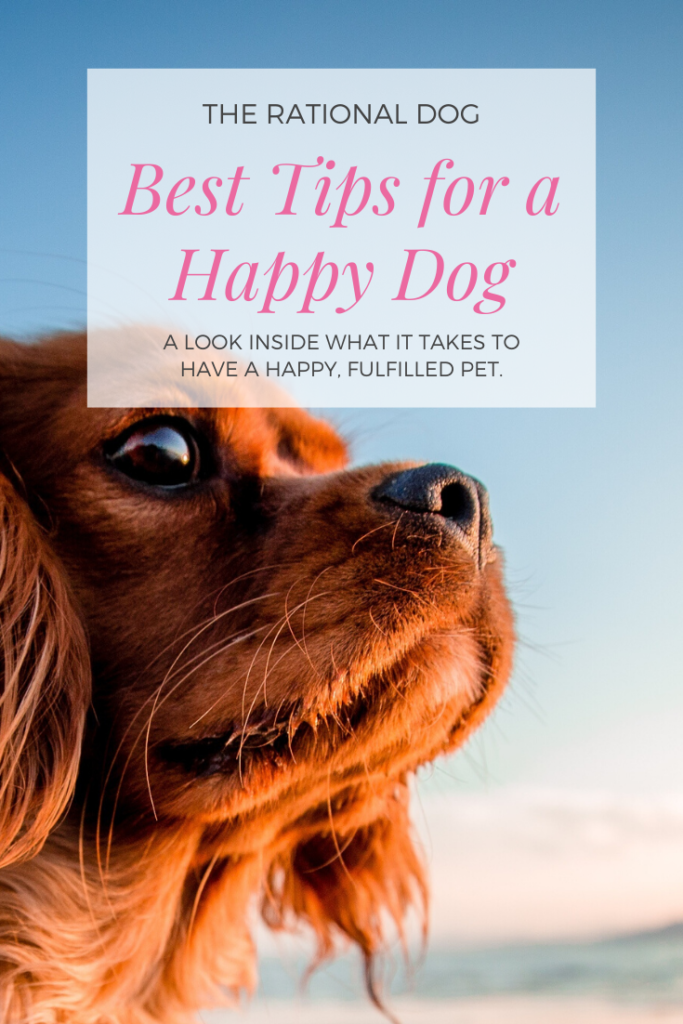
And there you have it! The 3 Keys to a reliable pet, something we all wish for when we bring our pups home. Your dog can, and WILL, become your partner with some boundaries in place, the right amount of exercise, and clear communication!